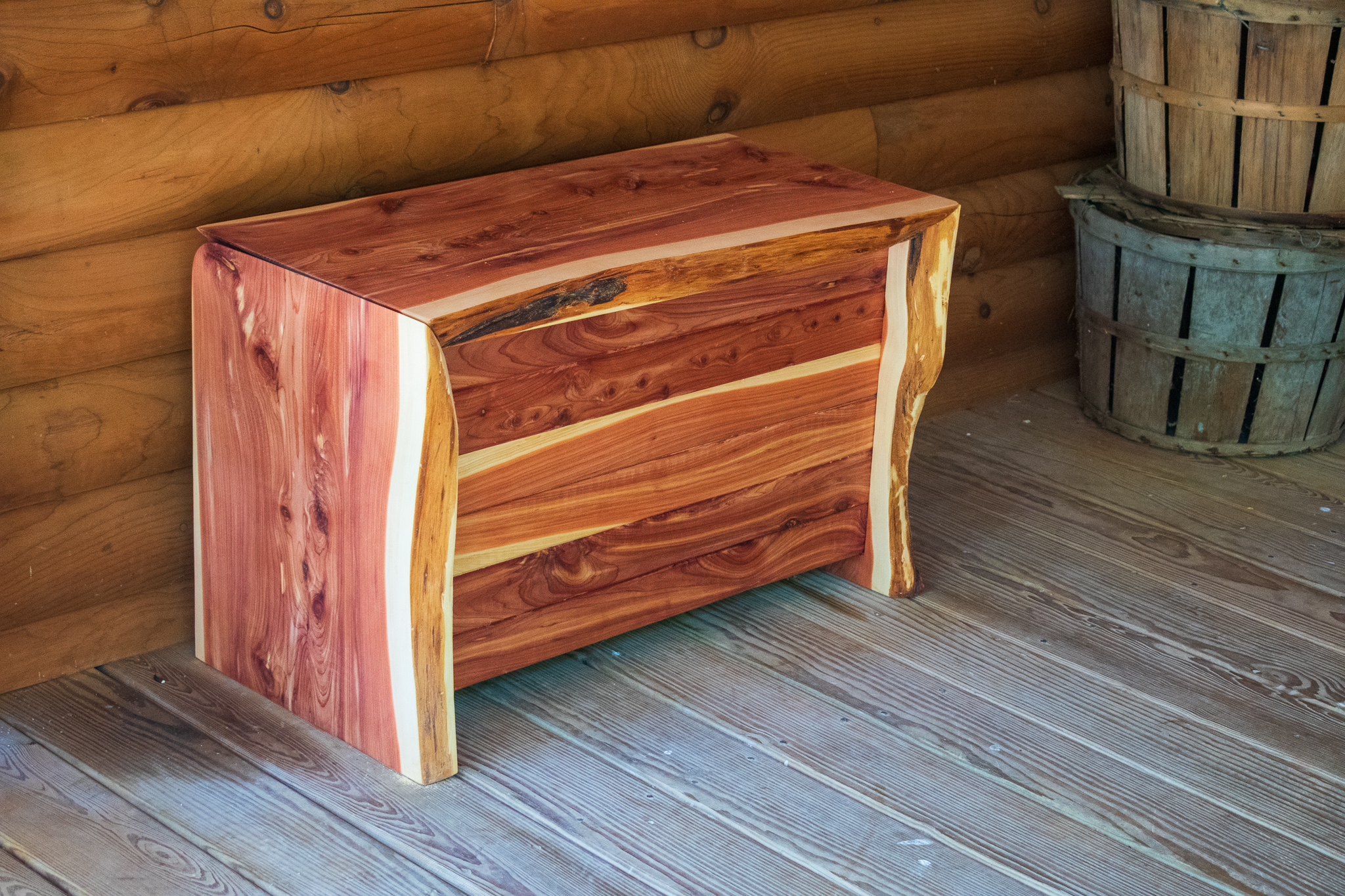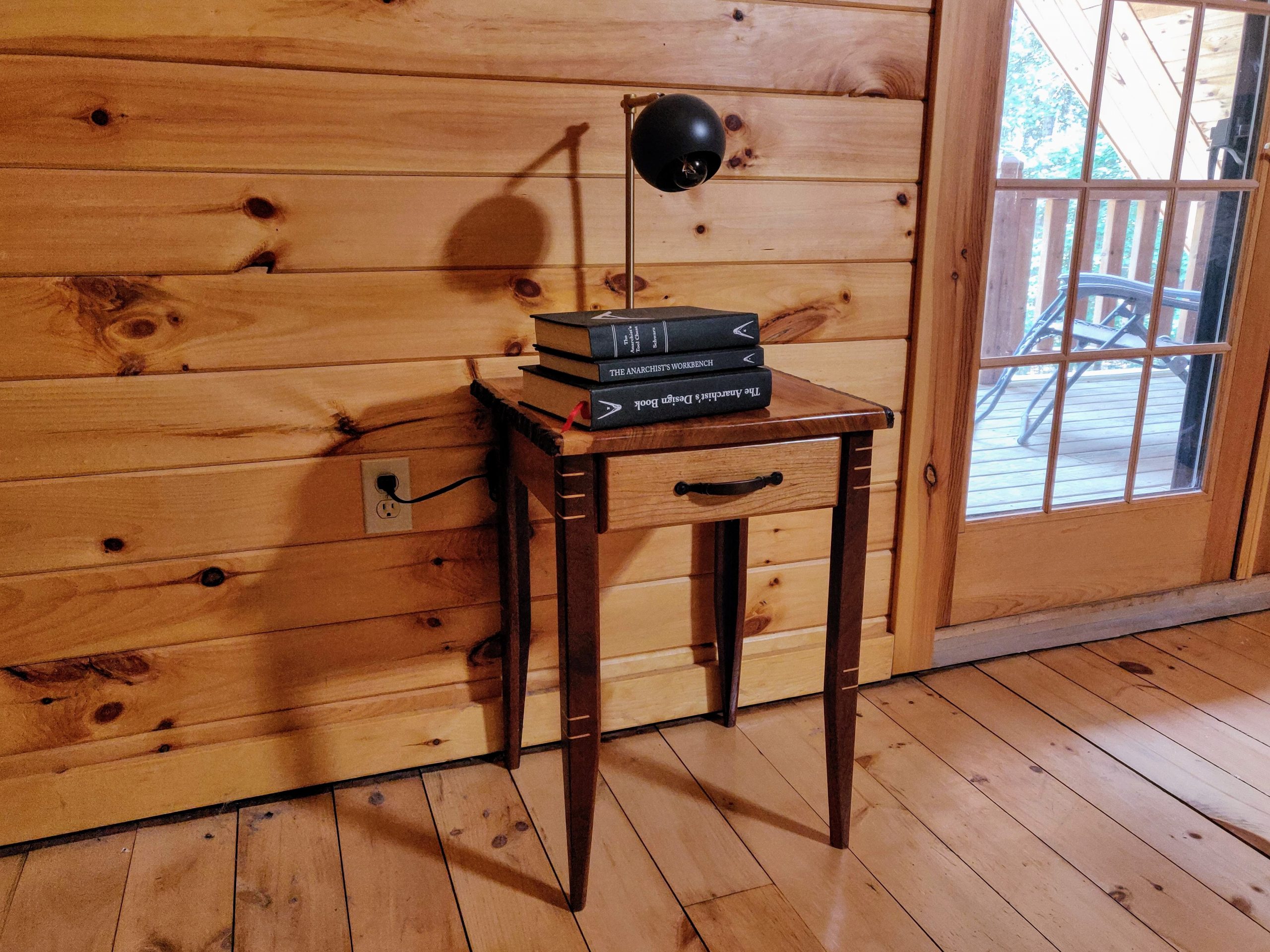I make things. I make weird electronic things. I make scientific instrument things. And I make things out of wood. I make a lot of things out of wood.
When I’m not working on marine conservation technology, educational programming, or high seas policy, I’m usually out back in the woodshop, building furniture, functional art, and other woodcrafts. This probably isn’t a surprise. For the last eleven years, one of the most popular articles at Southern Fried Science has been How to build a canoe from scratch on a graduate student stipend.
Every few years, I turn an analytical eye on my hobbies, assessing the lifecycle of the materials I use, the sources of inefficiency, and, most importantly, how the practice of the craft aligns with or deviates from my personal environmental ethic. In other words, I do a sustainability audit on my recreational activities. For the last year, I’ve focused on understanding and improving the environmental impacts of my woodworking.
Sustainable is an odd word to describe a hobby. Recreational woodworking isn’t necessarily the kind of activity that draws heavy resource demand. It already leaves a fairly light footprint on the planet, and even with herculean efforts to reduce the environmental costs of woodworking, the average hobbyist, working alone in a shed, garage, or basement, will never yield more than a small reduction to the already low impacts of woodworking. But woodworking is unique in that the product of the craft, when produced thoughtfully and with foresight, can benefit the planet for generations.
Woodworking may already leave a light touch on the planet, but it can exact a heavy toll on the person. So far as humans are as much a part of the ecosystem as the forests we draw our trees from, the human health impacts of the materials and consumables we use also contribute to the sustainability of the craft. A solvent that’s bad for your brain is no better going down the drain.
Sustainability isn’t just a tactic, it’s an ethic. Fostering an environmental ethic in the hobbies we pursue requires an interrogation of what we value in those hobbies, where trade-offs exist, and how the choices we make can contribute towards a stewardship vision of the future. So, I did what I always do. I made something. And somewhere along the way, this thing became a manifesto for environmentally conscientious woodworking.
Each section ended up being much bigger than our regular blog posts, so rather than drop 10,000 words of lumber musings on you all at once, I’ve broken it into manageable chunks to be published periodically.
Part 1: I turned my woodshop into a personal solar farm.
Part 2: Getting a handle on workworking chemicals, or sometimes we all need to vent.
Part 3: Furniture as Revolution.


